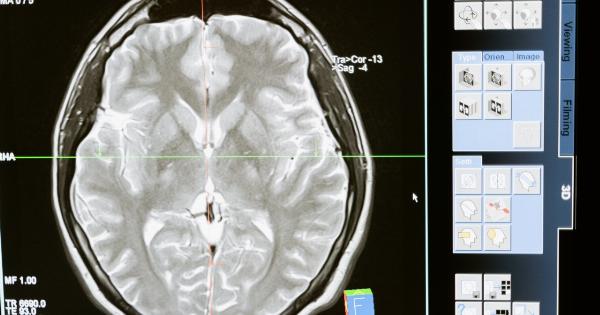Venous insufficiency is a condition that occurs when the veins in the legs are unable to adequately pump blood back to the heart. It is a common circulatory disorder that can lead to various complications if left untreated.
In this article, we will explore the causes of venous insufficiency and discuss effective management strategies.
Causes of Venous Insufficiency
There are several factors that can trigger the development of venous insufficiency. Understanding these causes is crucial in order to manage and prevent the condition effectively.
1. Chronic Venous Disease
Chronic venous disease is a predisposing factor for venous insufficiency. This condition occurs when the valves in the veins become damaged or weakened, leading to poor blood flow.
Chronic venous disease can result from genetic factors, obesity, pregnancy, or prolonged periods of standing or sitting.
2. Deep Vein Thrombosis (DVT)
Deep vein thrombosis is a condition characterized by the formation of blood clots in the deep veins of the legs. DVT can obstruct blood flow and cause damage to the venous valves. If left untreated, DVT can lead to chronic venous insufficiency.
3. Obesity
Obesity is a major risk factor for venous insufficiency. Excess weight puts increased pressure on the veins in the legs, making it more challenging for blood to flow properly. This can lead to valve damage and decreased venous function.
4. Pregnancy
During pregnancy, the body undergoes numerous changes, including hormonal fluctuations and increased blood volume. These changes can result in added pressure on the veins, leading to venous insufficiency.
Pregnant women are also at a higher risk of developing blood clots, further increasing the likelihood of venous insufficiency.
5. Lack of Movement
Prolonged periods of inactivity, such as sitting or standing for long durations without movement, can contribute to the development of venous insufficiency. Regular movement helps maintain proper blood flow and prevents blood from pooling in the legs.
6. Aging
As we age, the risk of developing venous insufficiency increases. The walls of the veins may become weaker, leading to valve dysfunction.
Aging also slows down blood circulation, making it harder for veins to efficiently transport blood back to the heart.
Managing Venous Insufficiency
While venous insufficiency may not be completely curable, effective management strategies can help alleviate symptoms and prevent complications.
1. Compression Therapy
Compression therapy is a commonly used method to manage venous insufficiency. It involves wearing compression stockings or garments that apply pressure to the legs, helping to improve blood flow and reduce swelling.
Compression therapy should be utilized under the guidance of a healthcare professional to ensure the correct pressure level and fit.
2. Regular Exercise
Engaging in regular exercise can significantly improve venous insufficiency. Activities such as walking, swimming, or cycling help strengthen the leg muscles, promoting better blood circulation and relieving symptoms.
Consult with a healthcare professional to determine the most suitable exercise regimen for your condition.
3. Elevation
Elevating the legs above heart level can assist in reducing swelling and relieving discomfort associated with venous insufficiency. This can be achieved by propping the legs up with pillows or using leg elevation devices while resting or sleeping.
4. Weight Management
Maintaining a healthy weight is crucial for managing venous insufficiency. Losing excess weight reduces pressure on the veins, allowing for better blood flow and decreased strain on the venous system.
5. Avoid Prolonged Inactivity
Avoid sitting or standing for extended periods without movement. Take breaks to move around and stretch your legs, especially during long flights or extended periods of desk work.
Performing simple leg exercises, such as ankle rotations and calf raises, can also help enhance blood circulation.
6. Medications
In some cases, medications may be prescribed to manage venous insufficiency symptoms. These may include pain relievers, anti-inflammatory drugs, or medications to dissolve blood clots.
It is important to consult with a healthcare professional before starting any medication regimen.
7. Surgery or Minimally Invasive Procedures
In severe cases of venous insufficiency, surgery or minimally invasive procedures may be necessary to repair or remove damaged veins. These treatment options are typically considered when conservative measures do not provide adequate relief.
Conclusion
Venous insufficiency can significantly impact an individual’s quality of life if not managed properly.
By understanding the causes and implementing effective management strategies, individuals can alleviate symptoms, prevent complications, and maintain healthier venous circulation. Consult with a healthcare professional for a personalized treatment plan that addresses your specific condition.































